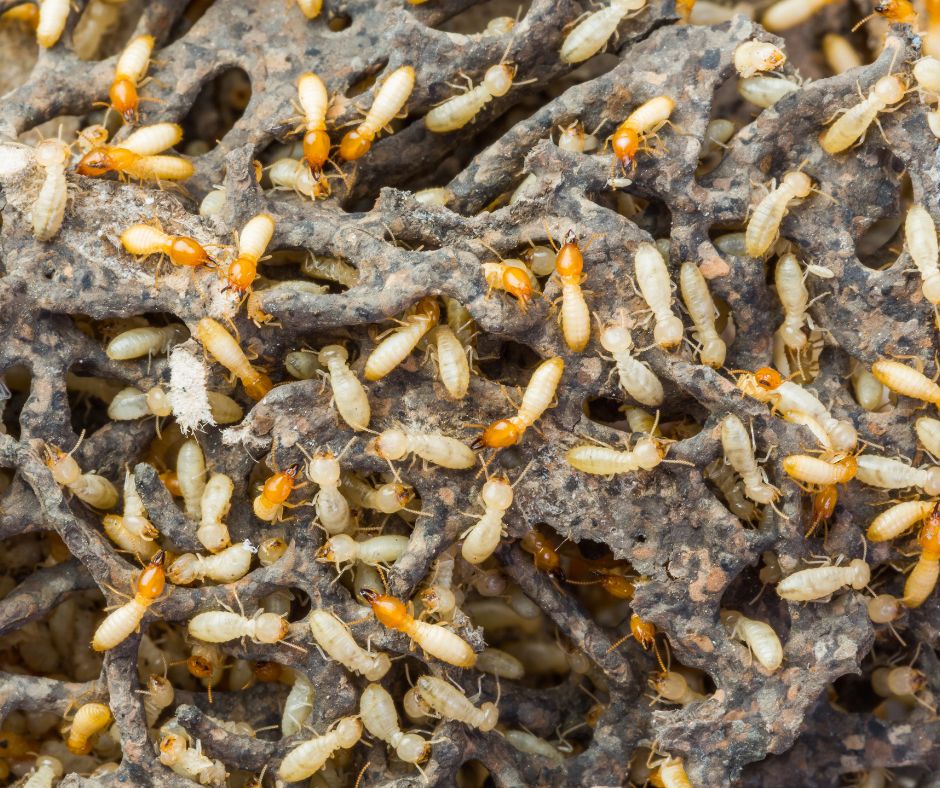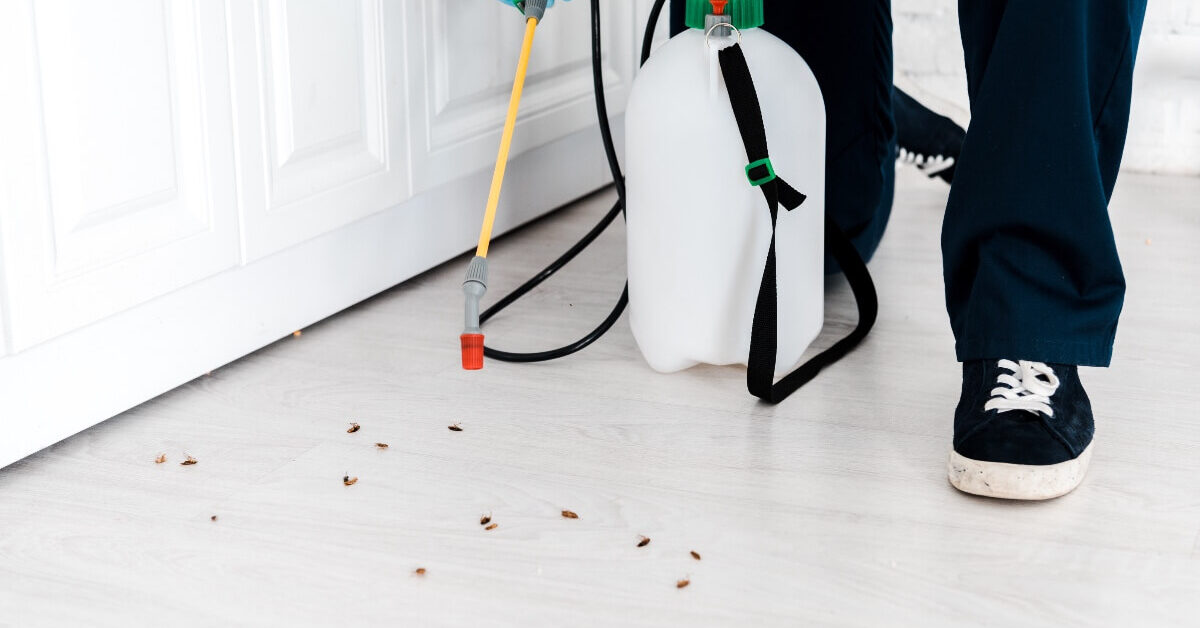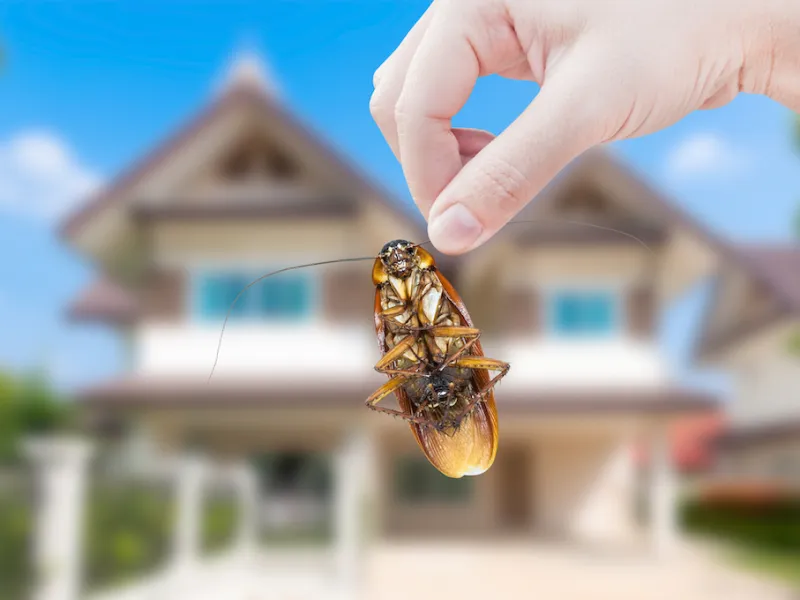Discover the Latest Breakthroughs in Bug Control and Just How to Carry Out Effective Therapy Solutions
In current years, the field of pest control has actually observed substantial improvements, driven by the requirement for efficient and sustainable treatment solutions. Cutting-edge strategies such as Integrated Parasite Monitoring (IPM) integrate green methods with innovative innovation, improving both efficacy and ecological responsibility.
Eco-Friendly Bug Control Options
In the last few years, the demand for environmentally friendly bug control alternatives has actually surged as businesses and property owners alike seek sustainable alternatives to traditional chemical therapies. This change is driven by expanding environmental understanding and a desire to minimize the health threats linked with artificial chemicals.

Environment-friendly insect control methods include a variety of approaches that prioritize making use of natural materials and techniques. Integrated Bug Management (IPM) is one such approach, combining biological, cultural, and mechanical tactics to handle insect populations while decreasing dependence on chemicals (Wildlife removal services). This alternative technique highlights avoidance through habitat manipulation and the intro of all-natural predators, consequently promoting a well balanced ecological community
One more popular choice is the usage of organic chemicals originated from plants, which often tend to be less hazardous to non-target microorganisms. Products like neem oil and diatomaceous planet have obtained traction for their performance in managing parasites while presenting minimal threats to human health and the setting.
Furthermore, exemption strategies, such as sealing entry points and maintaining sanitation, play a vital role in eco-friendly parasite administration. By adopting these sustainable techniques, organizations and individuals can efficiently take care of bugs while promoting a much healthier planet for future generations.
Smart Innovation in Insect Monitoring
Advancement is improving the landscape of bug monitoring, with clever modern technology becoming a crucial pressure in boosting effectiveness and efficiency - Wildlife removal services. The combination of Web of Things (IoT) gadgets, synthetic intelligence (AI), and information analytics is reinventing exactly how parasite control professionals come close to invasions
Smart catches geared up with sensors can spot pest task in real-time, sending instant alerts to drivers. This enables timely responses, lessening damage and decreasing the need for considerable therapies. Furthermore, AI algorithms analyze historic information to predict pest actions, allowing proactive interventions based on ecological conditions and problem patterns.
Drones and computerized automobiles are also playing a significant duty in pest monitoring, offering aerial evaluations of big locations, determining hotspots, and also distributing targeted treatments. These technologies not only simplify operations yet additionally boost safety by restricting human exposure to potentially harmful chemicals.
Moreover, mobile applications equip consumers to keep an eye on pest activity and access professional suggestions, cultivating a collective approach to pest monitoring. Overall, the fostering of wise modern technology is setting a new requirement in insect control, emphasizing data-driven decisions and sustainable methods that ultimately benefit both house owners and professionals alike.
Integrated Insect Monitoring Methods
Integrated Insect Administration (IPM) employs a holistic approach to pest control, incorporating different approaches to efficiently manage insect populations while lessening dangers to human health and the setting. IPM revolves around comprehending the pest life process, their all-natural opponents, and the ecological community in which they thrive.
One of the essential elements of IPM is checking pest populations with normal inspections and data collection. This permits for the identification of parasite thresholds, determining when intervention is necessary. Cultural techniques, such as crop environment, rotation, and cleanliness manipulation, are vital in lowering insect frequency and promoting plant health and wellness.
Mechanical controls, including obstacles and catches, are also crucial in IPM. These approaches can physically remove or discourage bugs without the use of chemicals. When essential, the cautious application of chemical controls is utilized, focusing on targeted treatments that reduce ecological influence.
Education and learning and cooperation among stakeholders, consisting of farmers, bug control specialists, and the area, are critical for the successful application of IPM techniques. By prioritizing sustainable methods, IPM not just addresses pest problems yet additionally cultivates a much healthier ecosystem.
Biological Control Techniques
Countless biological control approaches are increasingly redirected here acknowledged for their efficiency in managing bug populaces while advertising environmental balance. These methods harness natural killers, bloodsuckers, and pathogens to lower pest numbers without depending on artificial chemicals. For circumstances, the introduction of ladybugs can effectively manage aphid populaces, while nematodes target soil-dwelling pest larvae.
Additionally, making use of microbial pesticides, such as Bacillus thuringiensis (Bt), supplies an ecologically pleasant alternative for managing caterpillar pests. These products especially target pest types, reducing damage to helpful insects and pollinators. In addition, preservation biological control highlights enhancing environments for all-natural opponents, such as birds and advantageous pests, thereby motivating their presence in agricultural systems.
Research remains to disclose ingenious strategies within this area, such as making use of pheromones to interrupt pest breeding patterns or the development of biocontrol representatives through hereditary engineering. Carrying out these approaches can bring about sustainable parasite administration techniques that alleviate the dependence on chemical treatments, ultimately cultivating healthier environments. As awareness of these methods grows, they are becoming indispensable elements of integrated pest monitoring (IPM) approaches, offering a balance in between efficient insect control and environmental stewardship.
Do It Yourself Insect Control Solutions
As property owners look for reliable methods to tackle parasite concerns, DIY parasite control services have actually obtained popularity for their accessibility and cost-effectiveness. These approaches encourage individuals to attend to invasions using readily available products and strategies, commonly without the need for specialist treatment.

In addition, maintaining appropriate hygiene and normal assessments can protect against parasite access and nesting (Wildlife removal services). Simple techniques, such as sealing fractures, removing food resources, and decluttering, can substantially diminish pest populaces. Catches, both homemade and readily available, can likewise supply efficient services for monitoring and controlling specific bugs like insects or rodents

Final Thought
The integration of environmentally friendly click here to read parasite control alternatives, smart modern technology, and ingenious management approaches provides a comprehensive technique to reliable parasite monitoring. By accepting Integrated Parasite Monitoring (IPM) and making use of biological control methods, along with DIY options, liable and lasting insect control can be accomplished.
Environment-friendly insect control techniques incorporate a range of techniques that prioritize the usage of all-natural materials and practices. Integrated Insect Management (IPM) is one such approach, integrating biological, social, and mechanical methods to manage parasite populaces while decreasing reliance on chemicals. As understanding of these strategies expands, they are coming to be essential parts of incorporated bug administration (IPM) techniques, Click Here providing an equilibrium in between effective parasite control and environmental stewardship.
The combination of eco-friendly pest control choices, clever modern technology, and ingenious management approaches offers a thorough technique to effective insect monitoring. By welcoming Integrated Parasite Administration (IPM) and using biological control approaches, together with Do it yourself options, liable and sustainable insect control can be attained.